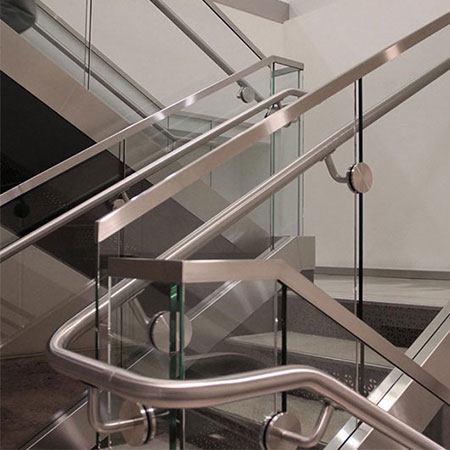What is 10mm rebar coil? Frequently Asked Questions
In any construction project, the quality of materials is always the decisive factor for durability and safety. And when it comes to construction steel, 10mm rebar coil stands out as an “indispensable element.” Compact yet strong, easy to bend yet still solid. But have you ever wondered: What exactly is 10mm rebar coil? How does it differ from other types of steel? What are its applications and how can you choose a quality product?
This article from Son Ha SSP will answer all those questions.
1. What is 10mm Rebar Coil?
10mm rebar is a round steel bar with a nominal diameter of 10mm, where the symbol “phi” (φ) represents the diameter of the round bar, and “10” indicates the measurement in millimeters. This type of steel can be either plain rebar or deformed rebar (with ribs around the surface), and it is usually produced in the form of coils or straight bars.
Thanks to being made from carbon steel, 10mm rebar coil offers excellent load-bearing capacity and high durability. It is widely used in many construction applications such as reinforced concrete, load-bearing structures, foundation reinforcement, as well as in the field of mechanical engineering.
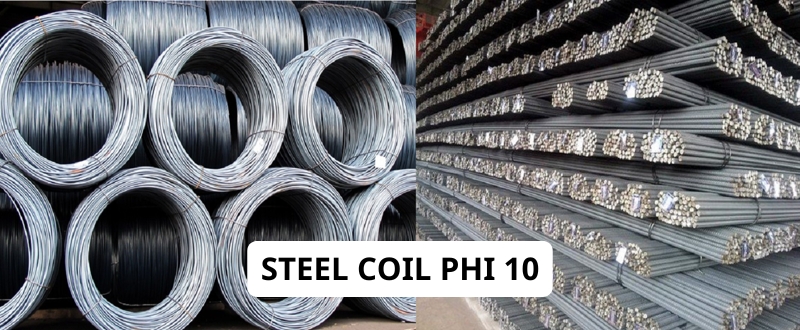
2. Overview of 10mm Rebar Coil
Today, 10mm rebar coil is known by several names such as “phi 10 steel,” “Ø10 steel,” or “10mm rebar coil,” but all refer to the same product.
2.1. Production Specifications
10mm rebar is usually produced from high-quality carbon steel through hot rolling or cold rolling processes. The steel is then coiled into round bundles or cut into straight bars according to standard dimensions.
- Hot rolling: The most common method, making the steel more ductile and easier to bend.
- Cold rolling: Provides a smoother surface finish and higher dimensional accuracy, but the steel becomes harder and less flexible.
2.2. Technical Standards
10mm rebar complies with international quality standards for construction steel, including:
- Tensile strength: 500 – 600 MPa
- Yield strength: 300 – 400 MPa
- Elongation: ≥ 14%
- Surface: Smooth, rust-free, with no cracks or defects
These technical parameters ensure that 10mm rebar has excellent load-bearing capacity and is suitable for a wide range of construction projects.

Steel phi 10 has high tensile strength as well as elongation
2.3. Packaging and Distribution
10mm rebar coils are typically packaged into bundles weighing from 1–3 tons, depending on the manufacturer’s specifications and customer requirements. During transportation, the steel is tightly bound with steel straps to ensure safety and prevent deformation.
3. Key Features of 10mm Rebar
Alongside 8mm rebar, 10mm rebar is also highly valued by experts and contractors in the construction industry thanks to its outstanding advantages that meet the requirements of modern projects.
First, this type of steel offers excellent load-bearing capacity and high durability, making it resistant to warping, cracking, or breaking during both construction and use. As a result, structures maintain their stability and long-term durability.
In addition, thanks to the characteristics of the hot-rolling process, this steel can be bent, cut, or welded according to design requirements while still maintaining mechanical strength. This allows engineers to optimize construction solutions and provides greater flexibility in architectural design.
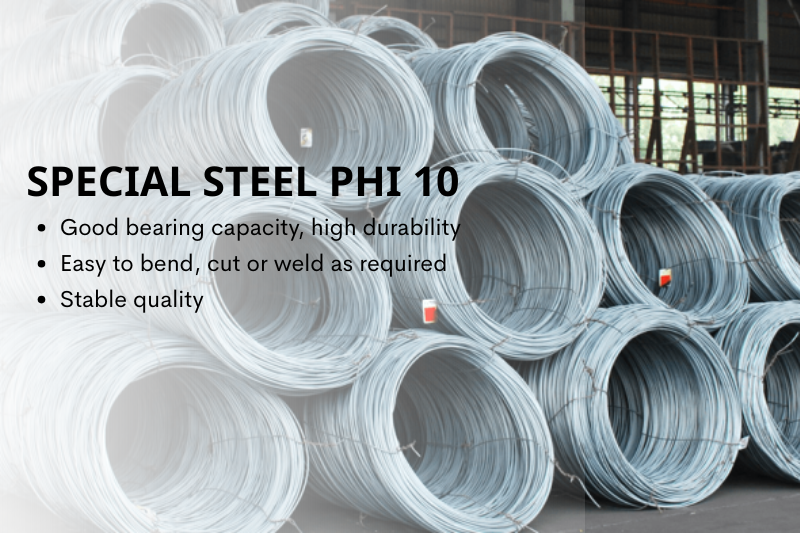
Characteristics of 10mm rebar
In addition, some types of 10mm rebar today are produced with an anti-oxidation coating or contain special alloy elements, helping to limit rust and resist corrosion in humid or harsh weather conditions. This extends the lifespan of structures and reduces maintenance costs.
Thanks to the combination of mechanical strength, flexible workability, diverse applications, and consistent quality, 10mm rebar has become one of the most common and essential construction materials today. It is used across a wide range of projects—from residential buildings such as houses, apartments, staircases, and railings, to industrial facilities like factories, warehouses, and steel structures, as well as large-scale infrastructure including bridges, roads, drainage systems, and storage tanks.
4. Frequently Asked Questions About 10mm Rebar Coil
4.1. What is 10mm rebar used for?
10mm rebar is commonly applied in:
- Reinforced concrete: Used as load-bearing reinforcement in floors, beams, columns, and foundations.
- Steel frameworks: Applied in structural frames for factories, staircases, and railings.
Mechanical fabrication: Utilized in the production of machine structures and metal furniture.

Application of steel diameter 10 in practice
4.2. How long is one 10mm rebar bar?
A 10mm rebar bar is typically produced in standard lengths of 11.7m – 12m. However, depending on construction requirements, customers can have the bars cut shorter to the desired size.
4.3. How much does one 10mm rebar bar weigh?
To determine the weight of a 1-meter-long 10mm rebar, we use the formula for calculating mass based on length and standard diameter:
Formula:
m = (7850 × L × 3.14 × d²) / 4
Where:
- m: weight of steel (kg)
- L: length of the steel bar (m)
- d: diameter of the bar (mm)
- 7850: average density of steel (kg/m³)
- 3.14: Pi (π) constant
Based on standard specifications, a 10mm rebar bar is 11.7m long. Substituting values into the formula, we get:
m = (7850 × 11.7 × 3.14 × 0.01²) / 4 = 7.21 kg
Thus, each 10mm rebar bar weighs approximately 7.21 kg, making it easier for engineers and contractors to calculate the required quantity and total weight for construction projects.
4.5 Tips for Buying Quality 10mm Rebar Coil
- Tip 1: Choose a reputable supplier
Selecting the right supplier is the key to ensuring product quality. You should prioritize large manufacturers or authorized distributors with many years of credibility in the market. These companies typically have modern production lines, secure raw materials, and strict quality control systems. Always check certificates such as Vietnamese Standards (TCVN), ISO certifications, or PED certifications for export products—these serve as reliable proof of quality. - Tip 2: Inspect the surface of the steel
A quick way to identify high-quality 10mm rebar is by observing its surface. Good steel must be shiny, smooth, free of pitting, cracks, or sharp burrs. Avoid buying steel with rust or severe oxidation, as it not only reduces aesthetics but also significantly lowers durability during construction. - Tip 3: Check technical specifications
This step ensures the steel meets project design requirements. Standard 10mm rebar must have the correct 10mm diameter and weight according to technical standards. Also, check key mechanical properties such as tensile strength (500–600 MPa), yield strength (300–400 MPa), and elongation (≥14%). - Tip 4: Choose the right type of steel
Depending on the project, you may need to choose between hot-rolled or cold-rolled rebar.- Hot-rolled rebar: High ductility, easy to bend and process, suitable for residential or industrial applications that require flexibility during construction.
- Cold-rolled rebar: Smoother surface, precise dimensions, and higher hardness—ideal for structures requiring high stability and minimal deformation, such as factory frames, bridges, or large-scale infrastructure.
Choosing the right type of steel not only optimizes project design but also saves fabrication costs and extends the lifespan of the structure.
Conclusion
We hope this article from Son Ha SSP has provided you with a clearer and more complete understanding of 10mm rebar coil. This material is indispensable in many construction applications, contributing to the durability and safety of structures. Having the right knowledge will help you take initiative in calculating quantities, checking quality, and finding reliable suppliers.
> RELATED ARTICLES:
Next latest post
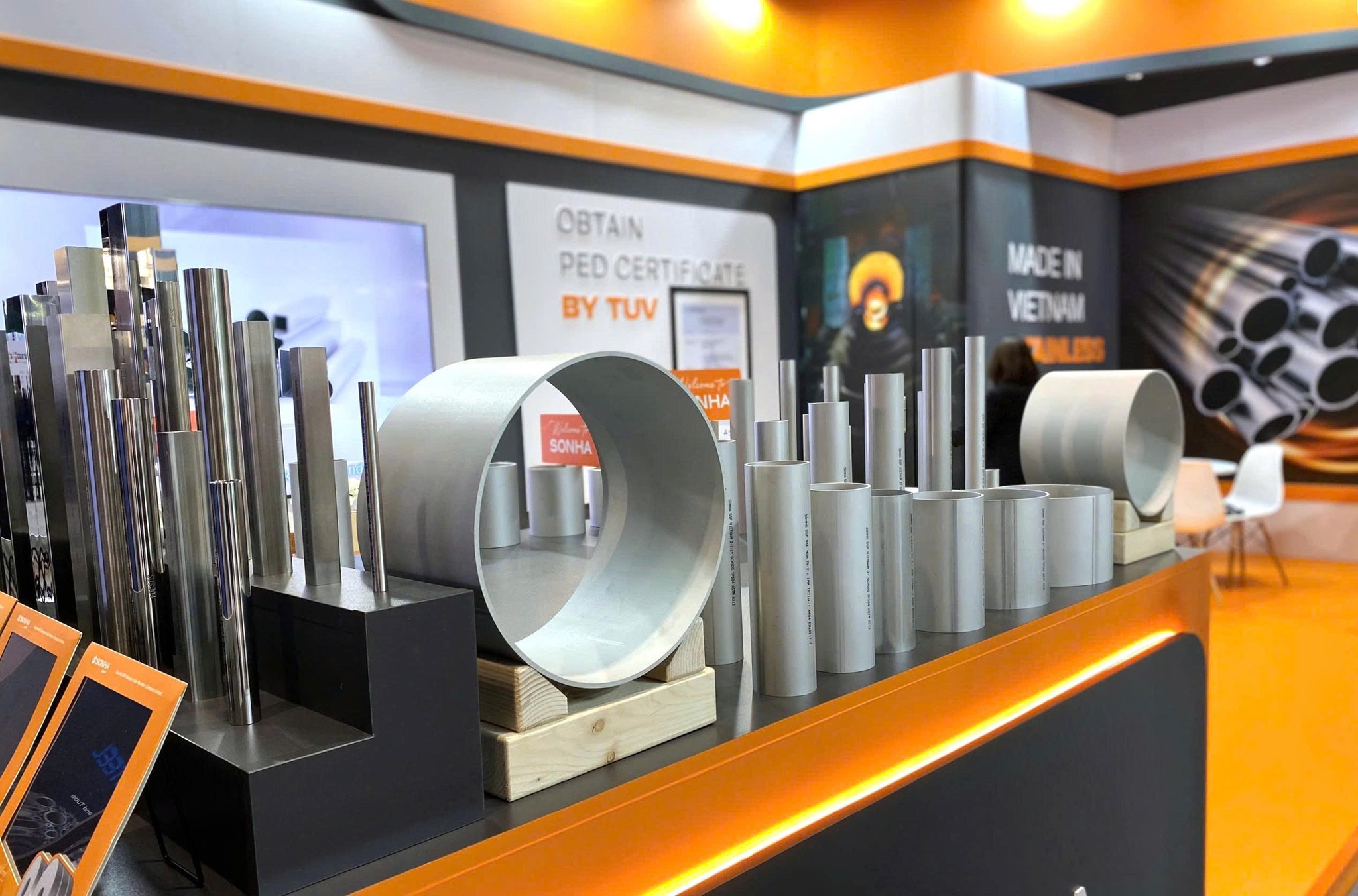
Son Ha SSP Vietnam Shines at the World Stainless Steel Conference & Exhibition 2025 – Netherlands

Overview of Corrosion-Resistance Standards for Stainless Steel Welded Pipes
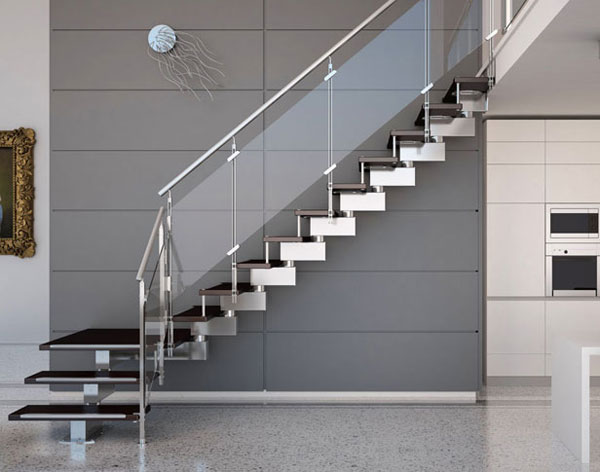
Stainless Steel Welded Decorative Pipes for Luxurious Interior Design
